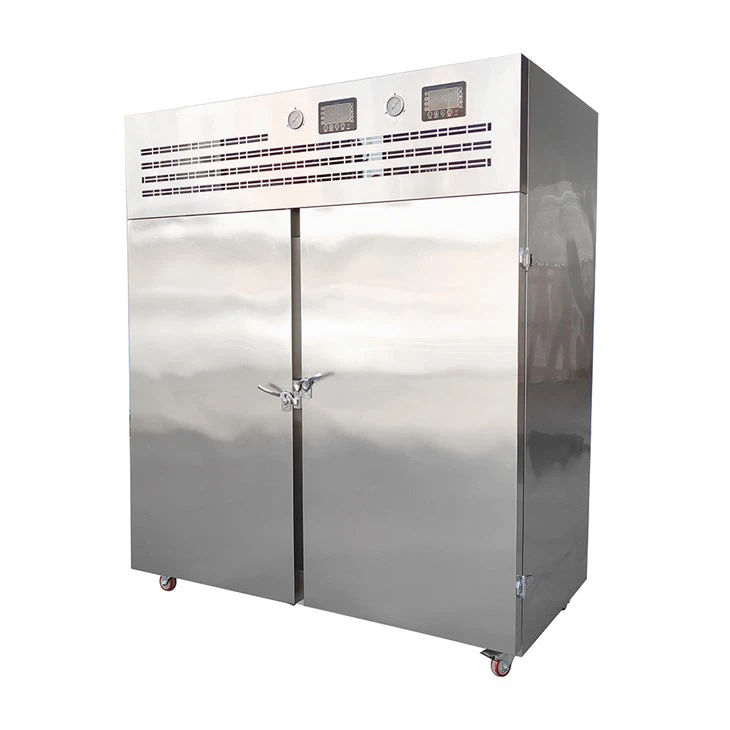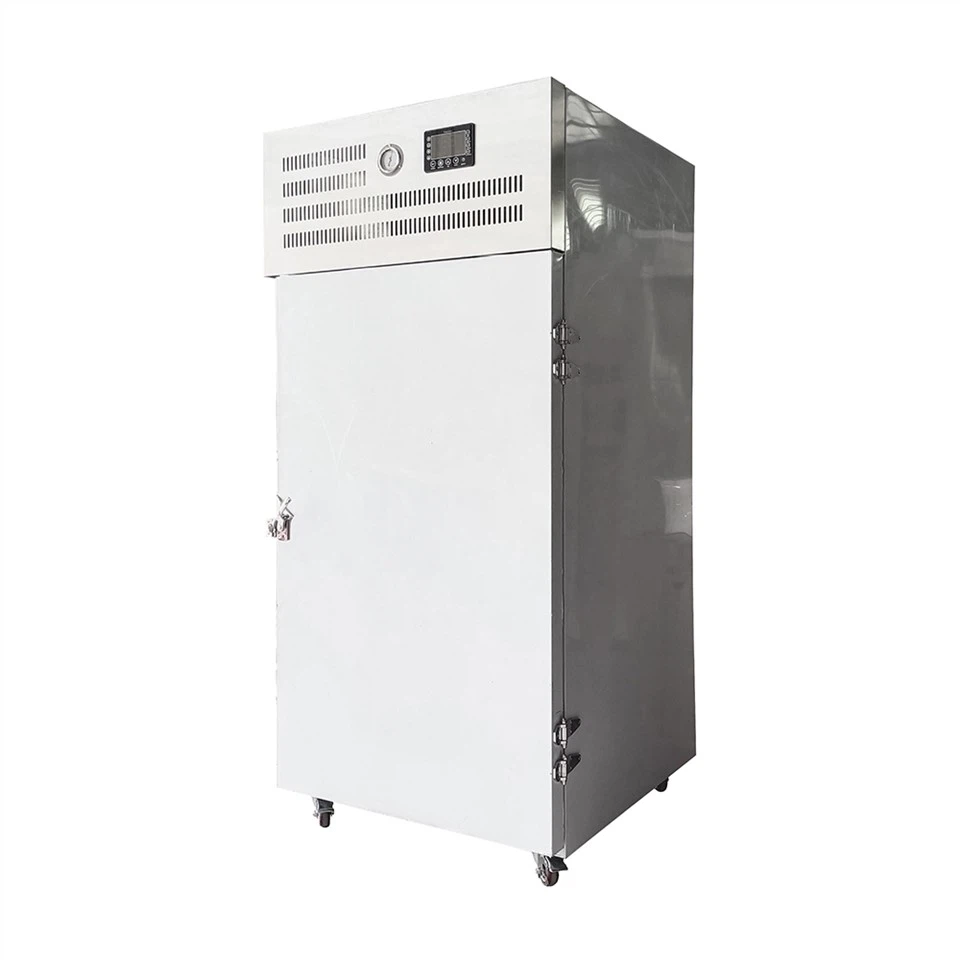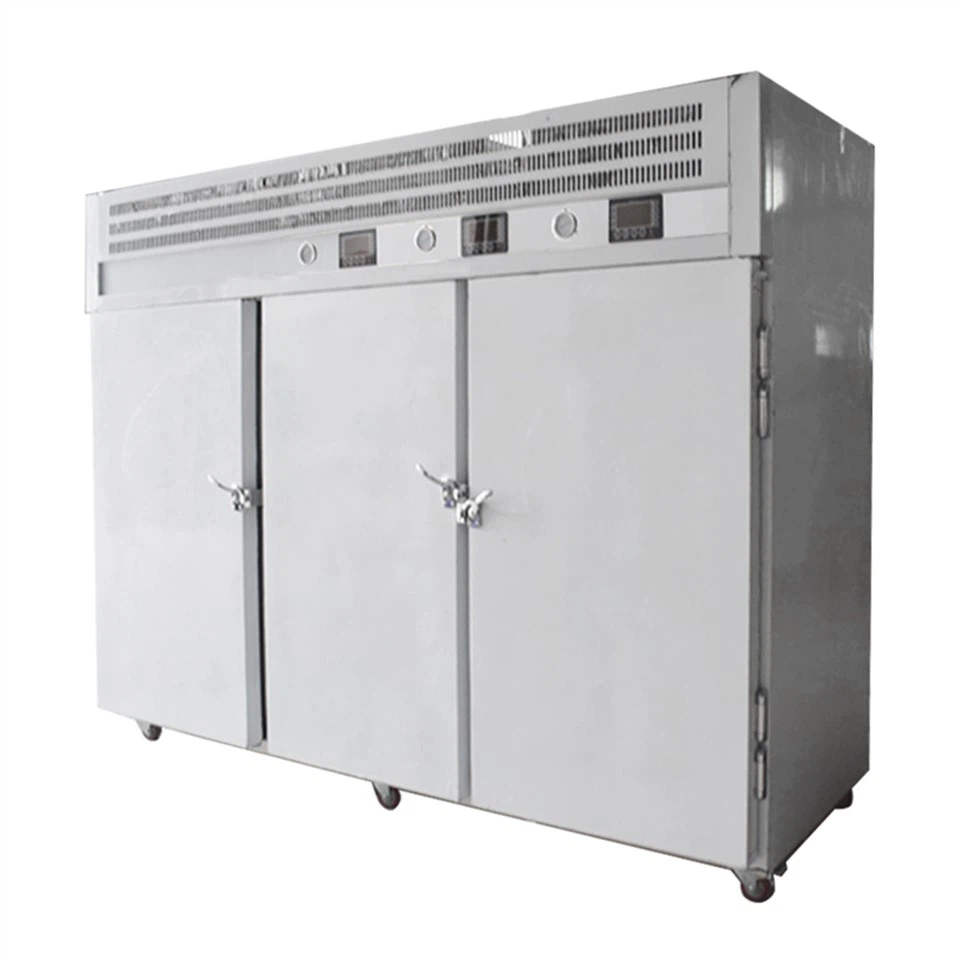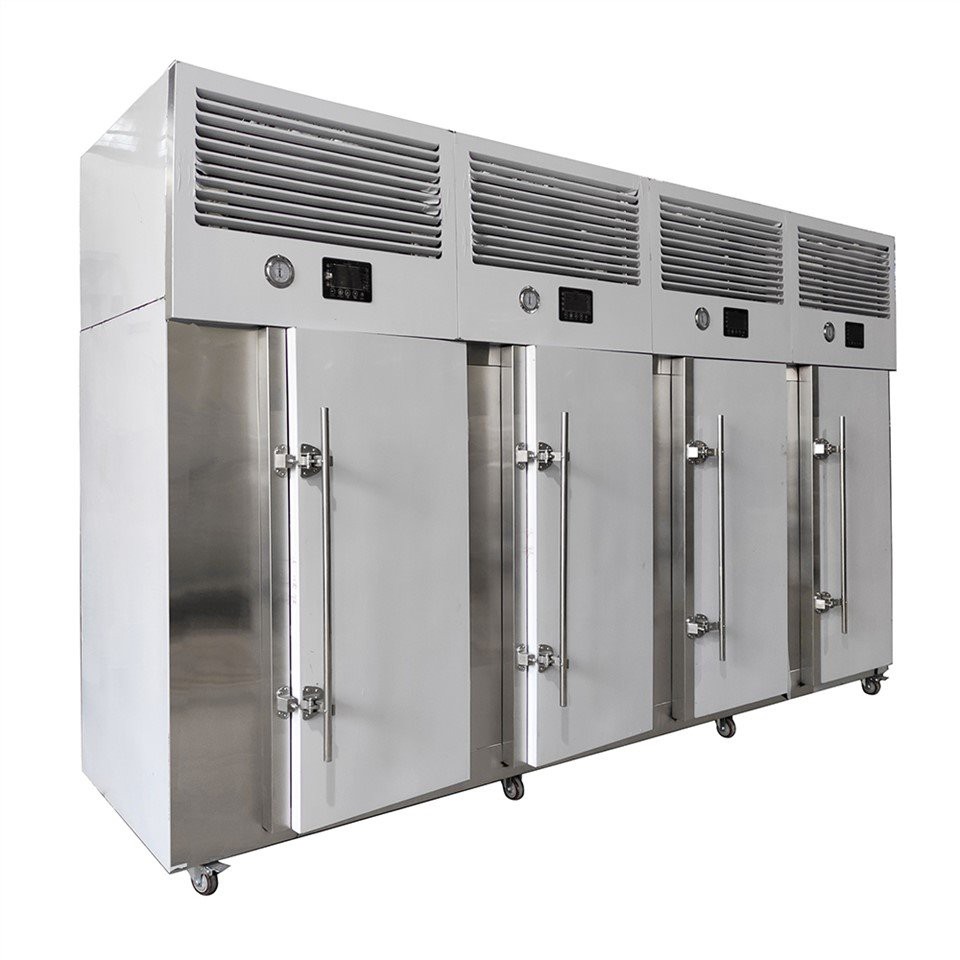Air Blast Freezer
What Is Air Blast Freezer?
An air blast freezer, also known as a blast chiller, is a specialized piece of refrigeration equipment used to rapidly cool or freeze food products. It works by using a combination of high-velocity cold air and advanced refrigeration technology to lower the temperature of food items quickly and efficiently.
Advantages of Air Blast Freezer
Flexible freezing
Air blast freezers are versatile and can handle a wide range of product shapes and sizes, from whole fish to fillets, making them ideal for varied production needs.
High freezing efficiency
The high-velocity cold air circulates around the product, ensuring rapid and uniform freezing, which helps in preserving the texture, taste, and nutritional value of the food.
Cost-effective
Typically more economical to install and operate than tunnel freezers, making it a good option for small to medium-sized operations.
Batch processing
Air blast freezers are usually designed for batch processing, which allows for flexibility in freezing different quantities and types of products.
-
Industrial IQF Air Blast FreezerPower Plug Customization, Silent Design, Unlimited for Processing Field, Customized Logoread more
-
Instant Shock Quick Freezing MachineSuitable for Food Freezing, Super-short Freezing Time, Operating Temperature adjustable from room te...read more
-
Lobster Flash Freezing EquipmentLow Power Consumption, Fully Automatic Operation, English Operation Interface, Customized Quick-Free...read more
-
Seafood IQF Flash Freezing EquipmentReal-time Temperature Monitoring, 360° Surface Freezing, Continuous Operating, Decreasing Drip Lossread more
Why Choose Us
Our factory
Founded in 1993, SPEEDCRYO is a leading provider of cryogenic food freezing
solutions, offering comprehensive cold chain products and services globally.
Advanced equipment
We provide a range of freezing equipment to efficiently meet clients'
food processing needs, including cryogenic cabinet freezer and tunnel
individual quick freezing. These technologies and equipment have been widely
used in meat and poultry foodstuffs, baked products, fruits and vegetables,
aquatic products and various prepared dishes.
Rich experience
With over 28 years of experience in food quick freezing, we offer
comprehensive and innovative cryogenic solutions.
Customized services
Our team of experts will work closely with you to understand your needs and
will provide solutions that are tailored to meet your expectations.
Types of Air Blast Freezer
Batch air blast freezers
They are the most popular type of air blast freezers. They utilize fans to
blow cold air over food products that are placed on trays, racks, or
conveyors. The food items are then frozen in batches. Batch air blast
freezers are versatile and can freeze a wide range of food products, from
vegetables to meats. They are also ideal for small to medium-scale food
processing operations.
Tunnel air blast freezers
They are designed to freeze food products that are moved through a tunnel or
conveyor belt system. The food items are exposed to a continuous flow of
cold air as they pass through the tunnel, allowing them to freeze rapidly
and evenly. Tunnel air blast freezers are suitable for large-scale food
processing operations that require high-volume production.
Spiral air blast freezers
They combine the concepts of batch and tunnel air blast freezers. The food
items are placed on a spiral conveyor belt and moved through a freezing
chamber. As the food products spiral downwards, they are exposed to
descending levels of cold air, ensuring uniform and quick freezing. Spiral
air blast freezers are ideal for large-scale production facilities that have
limited floor space.
Hybrid air blast freezers
They are customized freezers that combine different freezing methods such as
air blast and cryogenic freezing. Hybrid air blast freezers offer the
benefits of both freezing techniques, including fast freezing rates and
energy efficiency. They are suitable for specialized food processing
applications that require precise control over the freezing process.
Application of Air Blast Freezer
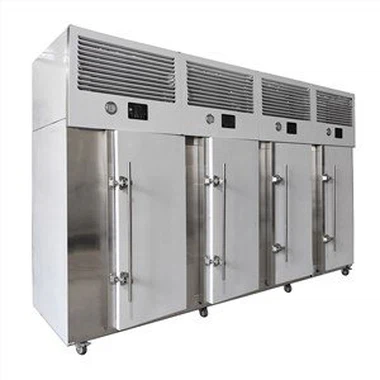
Food processing
In the food processing industry, air blast freezers are essential to maintaining the quality and safety of perishable goods by rapidly reducing their temperature. This rapid cooling helps preserve the texture, flavor, and nutritional value of foods. Air blast freezers are widely used in the processing of meat, seafood, poultry, and ready-to-eat foods.
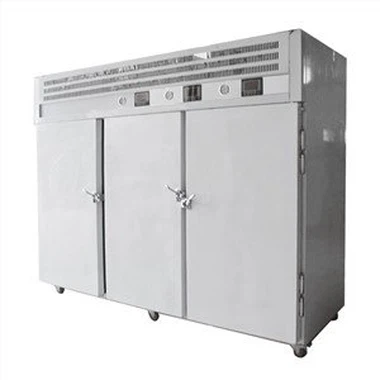
Baking industry
Another important application for air blast freezers is in the baking industry. Bakers and pastry chefs use these freezers to quickly cool and preserve baked goods such as bread, cakes, and pastries. Rapid freezing helps maintain the quality of baked products by preventing the formation of large ice crystals that can affect texture and taste.
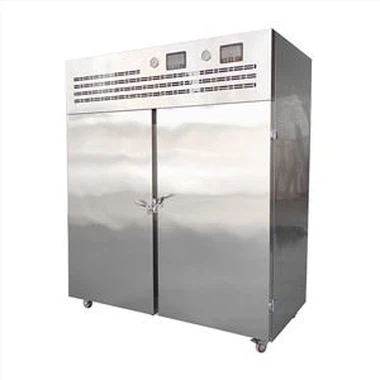
Seafood industry
The seafood industry also benefits greatly from the use of air blast freezer. Seafood is highly perishable and needs to be frozen immediately to preserve its freshness and quality. Air blast freezers are used to quickly freeze fish and other seafood products after they are caught, ensuring they are in top condition before reaching the consumer. This rapid freezing process helps preserve the texture and flavor of seafood, which is essential for consumer satisfaction.
How to Maintain Air Blast Freezer
Regular cleaning is crucial to keep your air blast freezer in optimal condition. Follow these cleaning tips:
Interior cleaning: Clean the interior of the air blast
freezer regularly using a mild detergent and warm water. Pay attention to
removing any food particles, spills, or residues that may accumulate.
Exterior cleaning: Wipe down the exterior surfaces with a damp cloth and mild detergent to remove dirt and grease. Avoid using abrasive cleaners that may damage the finish.
Door gasket cleaning: Clean the door gasket with warm water and mild soap. Ensure it is free from debris and properly seal the door to maintain energy efficiency.
Condenser coil cleaning: Check the condenser coils regularly and clean them according to the manufacturer's instructions. Dust and debris accumulation can impair cooling efficiency.
Fan cleaning: Clean the fans to ensure proper airflow and prevent dust buildup that can hinder the cooling performance. Refer to the manufacturer's guidelines for cleaning instructions.
Maintaining the correct temperature and defrosting your air blast freezer are essential for its efficient operation:
Temperature monitoring: Regularly monitor the temperature
of your air blast freezer to ensure it stays within the safe operating
range. Use a calibrated thermometer for accurate readings.
Defrosting: Follow the recommended defrosting schedule for your air blast freezer. Defrosting removes ice buildup and maintains the chiller's efficiency. Ensure the unit is powered off and unplugged during the defrosting process.
Proper care of the door seal and hinges is essential for maintaining the efficiency of your air blast freezer:
Door seal inspection: Regularly inspect the door seal for
any signs of wear, cracks, or damage. Replace the seal if it is compromised
to maintain proper sealing and prevent temperature leaks.
Hinge lubrication: Lubricate the door hinges as per the manufacturer's instructions to ensure smooth operation and prevent squeaking or sticking.
Regular servicing and maintenance by a qualified technician are essential to keep your air blast freezer in optimal condition:
Scheduled maintenance: Follow the manufacturer's
recommended maintenance schedule. Arrange for periodic inspections,
cleaning, and servicing by a qualified technician.
Component check: During maintenance visits, have the technician check critical components such as fans, compressors, electrical connections, and refrigerant levels to ensure everything is functioning correctly.
Maintain proper records and documentation for your air blast freezer:
Maintenance records: Keep a log of all maintenance
activities, repairs, and services performed on your air blast freezer. This
documentation can help track the history of the equipment and assist in
warranty claims if necessary.
How to Choose a Air Blast Freezer
Evaluate the freezing capacity of a air blast freezer
This includes how much food it can freeze in a set amount of time. Businesses
handling large quantities of food will need a freezer with a higher freezing
capacity to meet their production demands.
Size and dimensions of air blast freezer
It is essential to ensure that the freezer can fit within the existing floor
plan and meet the business's spatial requirements.
Airflow pattern
The airflow pattern is another important factor to consider. Many businesses
prefer cross-belt airflow patterns because they freeze the food product more
evenly and quickly.
Freezing time
While most air blast freezer freeze food products within 30 minutes to a couple
of hours, some models may take longer. In many cases, the freezing time is also
dependent on the type and size of the food product.
Construction of blast freezers
Air blast freezers are available in stainless steel, aluminum, and galvanized
steel constructions. Stainless steel models are the most durable and can
withstand heavy usage in commercial kitchens. Aluminum models are lightweight
and suitable for businesses on a budget.
Insulation
Check the insulation of the air blast freezer because it plays an important role
in maintaining the temperature and energy efficiency of the freezer.
After-sales service
Check if the supplier offers after-sales support and maintenance services. It is
also crucial to look for a supplier that offers an easy and efficient
replacement process in case the freezer is damaged during shipping.
Product placement: Food items or products are placed on racks or trays inside the air blast freezer. These products may include cooked or prepared foods, fruits, vegetables, meat, seafood, and bakery items.
Air circulation: The air blast freezer is equipped with a powerful fan or fans that circulate cold air at a high velocity within the chamber. This rapid airflow is essential for achieving quick and uniform cooling or freezing.
Temperature control: The air blast freezer has precise temperature controls that allow operators to set the desired temperature for the chilling or freezing process. Air blast freezers are capable of reaching extremely low temperatures, often as low as -35°c (-31°f) or lower.
Heat extraction: As the cold air circulates around the food items, it extracts heat from them. This heat is absorbed by the evaporator coils, which contain a refrigerant fluid. The refrigerant rapidly evaporates, absorbing heat energy from the air within the chamber.
Condensation: The heat absorbed by the refrigerant causes it to vaporize and turn into a low-pressure gas. This gas is then compressed by the compressor unit of the blast freezer, raising its temperature and pressure.
Rejection of heat: The high-temperature, high-pressure refrigerant gas is passed through a condenser, where it releases the heat it absorbed from the food products. The refrigerant returns to a liquid state during this process.
Repeat cycle: This cycle of heat extraction, compression, and heat rejection continues until the desired temperature inside the blast freezer is achieved. The powerful circulation of cold air ensures that the entire load of products cools or freezes uniformly and rapidly.
Temperature monitoring: Most air blast freezers are equipped with temperature monitoring and control systems to ensure that the desired temperature is maintained throughout the process.
Our Factory
Founded in 1993, SPEEDCRYO is a leading provider of cryogenic food freezing solutions, offering comprehensive cold chain products and services globally. From industrial freezers to automated conveying freezing tunnels, cold storage room, and refrigerated truck, our 30 years of expertise empower food manufacturers and processors worldwide with cutting-edge freezing technology.
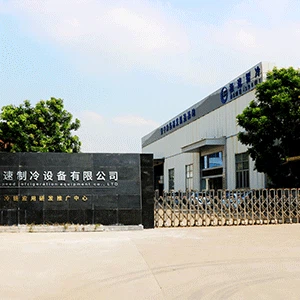
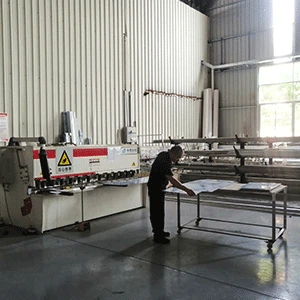
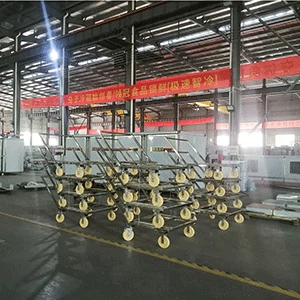
Our certificates
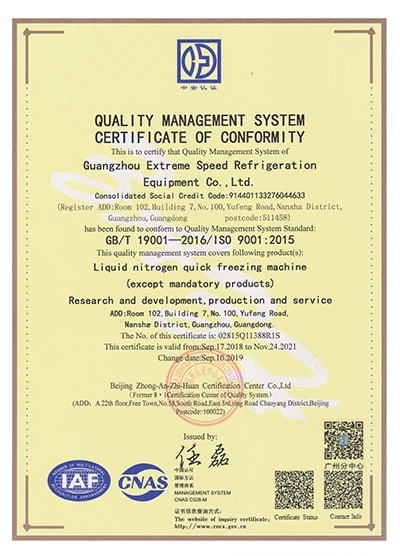
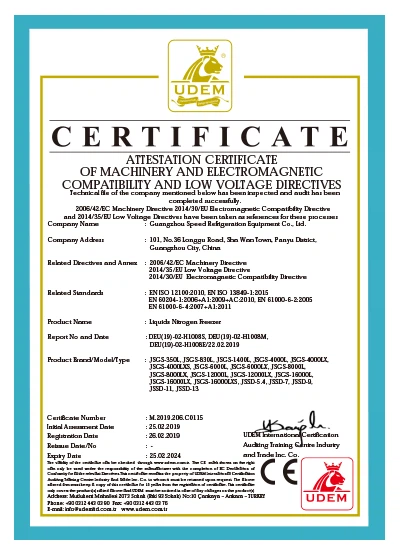
FAQ
We're professional air blast freezer manufacturers and suppliers in China, specialized in providing customized refrigeration equipment. We warmly welcome you to buy or wholesale high quality air blast freezer for sale here from our factory. For price consultation, contact us.
seafood freezer, durian freezer, fish shock freezer
